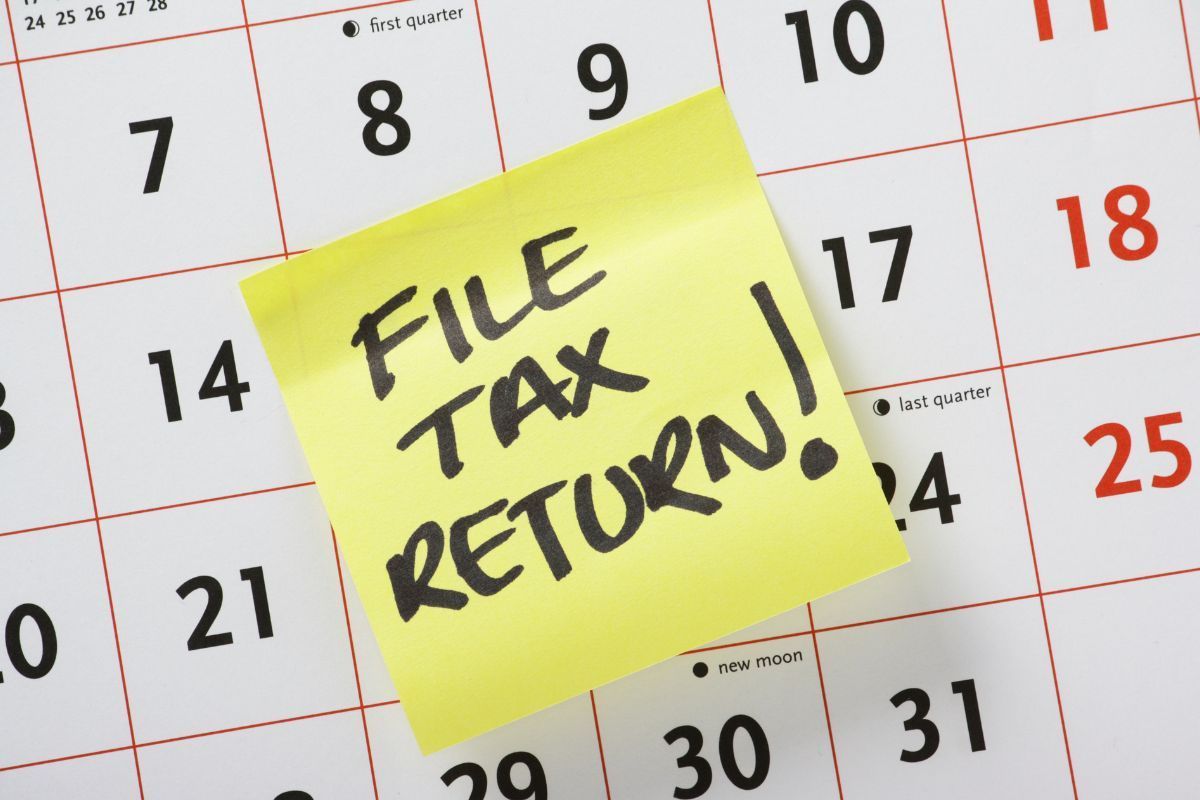How To Claim The Disability Tax Credit For Diabetes
Diabetes is a growing concern in Canada, affecting around 2.5 million people. This chronic condition poses serious health risks and financial burdens. Rising medication and management costs put a strain on families. Fortunately, the Disability Tax Credit (DTC) offers crucial financial relief for qualified people. It helps alleviate some of these expenses. Understanding and using these resources is vital to reduce the impact of diabetes on our lives.
In this article, we’ll learn about this common concern—is diabetes a disability in Canada? We’ll also explore the DTC, who qualifies, and the application process.
Understanding Diabetes: Does It Qualify For The Disability Tax Credit?
Diabetes is a chronic ailment affecting the body's ability to generate or utilize insulin effectively. Insulin is a vital hormone that controls blood sugar levels. When insulin function is impaired, blood sugar levels can remain high, leading to various health complications.
There are two main types of diabetes:
Type 1 Diabetes
Type 1 diabetes is an autoimmune ailment in which the immune system triggers an attack on the beta cells in the pancreas, which generate insulin. As a result, individuals with this condition need lifetime insulin therapy to regulate their blood sugar levels.
While Type 1 diabetes usually appears in childhood or early adulthood, it can develop at any age. If managing the condition requires at least 14 hours of care per week, individuals may qualify for the DTC. Management includes regular glucose monitoring and insulin administration. It also involves dietary planning and addressing potential complications.
Type 2 Diabetes
Type 2 diabetes often develops in adulthood once the body develops insulin resistance or doesn't produce enough of it. This condition is linked to lifestyle factors like poor diet, obesity, and a sedentary lifestyle, though genetics can also play a role. Effective management may include lifestyle changes, oral medications, and sometimes insulin therapy.
If you’re wondering—does type 2 diabetes qualify for Disability Tax Credit in Canada? The condition may qualify if the time spent on management meets the required threshold. This involves monitoring blood sugar levels, following dietary guidelines, managing medication schedules, and addressing complications.
Understanding diabetes and managing it is crucial for those seeking help through the DTC.
What Is The Disability Tax Credit?
The DTC is a non-refundable tax credit the Canadian government provides. It helps individuals with disabilities manage their extra medical expenses. This credit recognizes the financial strain of living with a disability. It covers costs for specialized equipment, therapies, and essential services.
The DTC is administered by the Canada Revenue Agency (CRA). Its goal is to reduce the income tax burden for eligible individuals, offering essential financial relief. To get approval, applicants must comply with specific criteria and provide medical documentation to confirm their disability status. This process is vital for those seeking to ease financial challenges while managing life with a disability.

What Is The Potential Benefit From The DTC?
If you get approval for the DTC for diabetes, you may receive one or several tax refunds, depending on how long you have lived with the health condition. If you want to estimate how much you might receive, use theDisability Tax Credit Calculator.
The DTC has a Federal portion and a Provincial portion. The Federal portion is the same throughout Canada, while the Provincial portion varies by province.
If eligible, you may receive:
- Annual tax refunds typically range from $1,500 to $2,000, while families with dependent children may qualify for up to $4,000 refunds. This financial support can help cover extra costs related to managing a disability. It can assist with medical expenses, specialized equipment, and other necessary accommodations.
- A retroactive lump sum payment is a one-time payment of up to $20,000 for adults and $40,000 for children. The amount depends on the individual's previous tax contributions and the length of their diabetes.
The DTC is an invaluable resource for those who qualify. Individuals need to explore their eligibility. Taking advantage of these potential benefits can make a significant difference.
Is Diabetes A Disability In Canada?
While diabetes is recognized under the DTC, eligibility depends on the time spent managing the condition. Insulin therapy and glucose monitoring are vital activities. If they exceed 14 hours a week, they’re considered life-sustaining therapy. This qualifies the individual for the credit.
The CRA arranges a tax refund to help compensate for the costs of insulin shots and lifestyle changes. This is available through the DTC, which applies to individuals with Type 1 or Type 2 diabetes. Additionally, both physical and mental health conditions will be considered in the evaluation.
The CRA will carefully evaluate several factors to determine an individual's eligibility. To qualify, one must:
- Be a Canadian citizen or permanent resident.
- Have a prolonged impairment, evident restriction, or two or more prominent restrictions, or rely on life-sustaining therapy.
- Have either you or your spouse paying federal taxes

Frequently Asked Questions About DTC For Diabetes
What is considered life-sustaining therapy?
Life-sustaining therapy includes essential activities for managing chronic conditions like diabetes, such as injecting insulin or using pumps. Glucose monitoring is also essential to maintain blood sugar levels regularly in a healthy range. These therapies are crucial for preventing serious complications and supporting the health of individuals with diabetes.
Do diabetics automatically qualify for a DTC if they use a pump?
No, using an insulin pump does not automatically qualify someone for the DTC. Eligibility depends on the total time spent managing the condition. This includes daily tasks such as monitoring blood glucose levels, administering insulin, and controlling diet. Individuals must keep detailed records of the time spent on these tasks to strengthen their application.
Did the CRA change type 1 diabetes eligibility for the DTC?
Yes, the CRA initially denied the DTC to individuals with type 1 diabetes. After a review and advocacy from various stakeholders, eligibility was reinstated. This applies to those who can show they meet the required time commitment for diabetes management. This change recognizes individuals' challenges with type 1 diabetes and addresses their need for financial support.
What if I'm sent a second form regarding time spent?
If you receive a follow-up form asking for more information about the time spent on diabetes management, respond carefully. Provide detailed documentation, including records of daily activities related to your care. This should cover blood sugar checks, insulin administration times, and other essential tasks. Clear documentation strengthens your claim and demonstrates the time commitment required for effective diabetes management.
How do I apply for the DTC for my child with diabetes?
When applying for the DTC for a child with diabetes, consider the time caregivers spend on management tasks. This includes tracking hours for activities such as monitoring blood glucose, administering insulin, and preparing meals that meet the child's dietary needs. These tasks contribute to the 14-hour requirement set by the CRA. Keeping comprehensive records of these activities is essential to support your application and ensure all care is accurately represented.
How Can Diabetics Apply For The DTC?
Applying for the DTC for diabetes is straightforward. However, getting approval for the tax refund can be more challenging. You must present substantial evidence showing how diabetes affects your daily life. It's also important to highlight your time managing your insulin levels.
The application process includes the following steps:
- Download theT2201 Form from theCRA website.
- Print the T2201 Form and take it to your healthcare provider for completion and signature.
- Your healthcare provider indicates "yes" to the question regarding whether your condition necessitates life-sustaining therapy.
- Submit the signed T2201 Form to a CRA processing center by mail or online.
- Allow 1-3 months for the CRA to notify you of your approval status.
Be sure to include ample evidence to illustrate the severity of your condition and the time dedicated to managing your diabetes.
Reasons Diabetics May Be Denied
Many diabetics apply for the DTC but often face denial for various reasons. Common causes include insufficient documentation. Applicants often fail to provide enough detailed medical evidence to support their claims.
Misunderstanding eligibility criteria can lead to rejections. Many people don't realize the specific conditions required to qualify. Incomplete applications, like missing signatures or information, can also result in automatic denial.
To boost the chances of approval for diabetes-related applications, provide clear evidence of diabetes's impact on daily life. This can include medical records and treatment plans. Consulting a DTC expert can ensure all necessary information is included.

Secure Financial Support For Diabetes Management With The DTC
The DTC offers essential financial assistance for managing diabetes-related expenses, raising the question: is diabetes a disability in Canada? The
application process necessitates careful documentation and a clear understanding of eligibility criteria. Once approved, it can provide substantial relief. If you are facing challenges with the application, consider
seeking professional support from DTC firms. It ensures that you receive the benefits you rightfully deserve. Don't hesitate to take action—start your application today!
Want more information?
Richmond Hill, ON
Calgary, AB
Vancouver, BC
Ottawa, ON
Winnipeg, MB
Hamilton, ON
Halifax, NS
Mississauga, ON
Toronto, ON
Brampton, ON
Oakville, ON
Milton, ON
Markham, ON
Vaughan, ON



